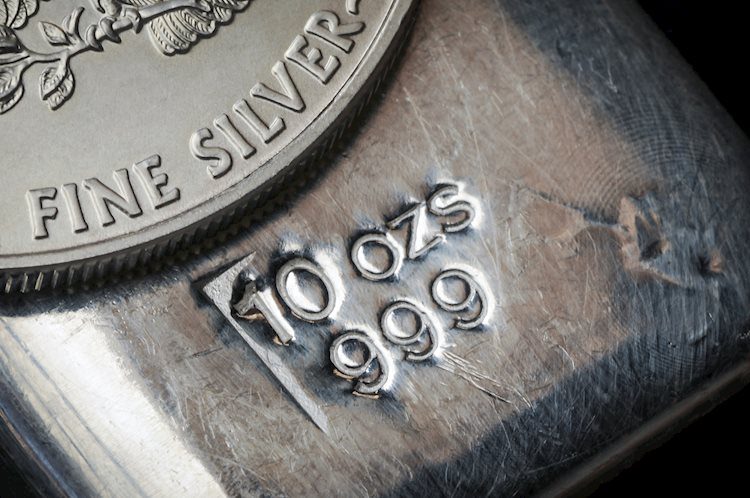Silver prices (XAG/USD) saw an increase on Tuesday, with the current rate standing at $31.36 per troy ounce, up 0.64% from the previous day’s price of $31.16. This represents a 31.78% increase since the beginning of the year.
The Gold/Silver ratio, which indicates how many ounces of Silver are needed to match the value of one ounce of Gold, was recorded at 84.43 on Tuesday, slightly lower than the 84.56 on Monday.
Silver is a widely traded precious metal that holds historical significance as a store of value and a medium of exchange. While not as popular as Gold, it provides investors with opportunities to diversify their portfolios, benefit from its intrinsic value, or hedge against high-inflation periods. Investors can choose to buy physical Silver in the form of coins or bars, or trade it through Exchange Traded Funds that track its price on global markets.
Various factors can influence the movement of Silver prices. Geopolitical tensions and fears of a severe economic downturn can drive up Silver prices due to its safe-haven status, albeit to a lesser extent than Gold. As a yieldless asset, Silver tends to rise with lower interest rates, while its performance is also closely tied to the behavior of the US Dollar, as it is priced in dollars (XAG/USD). Changes in investment demand, mining supply, and recycling rates can all impact Silver prices as well.
In addition to its role as an investment asset, Silver is extensively used in industry, particularly in sectors like electronics and solar energy, thanks to its superior electrical conductivity compared to other metals like Copper and Gold. Fluctuations in industrial demand can lead to price movements, along with economic developments in key countries like the US, China, and India. These factors, including industrial usage and consumer demand, play a crucial role in shaping Silver prices.
Silver prices often move in tandem with Gold prices, given their shared status as safe-haven assets. The Gold/Silver ratio can help investors assess the relative value of these metals, with a high ratio suggesting that Silver may be undervalued or Gold overvalued, and vice versa. Understanding the dynamics between these two metals can assist investors in making informed decisions within the precious metals market.











